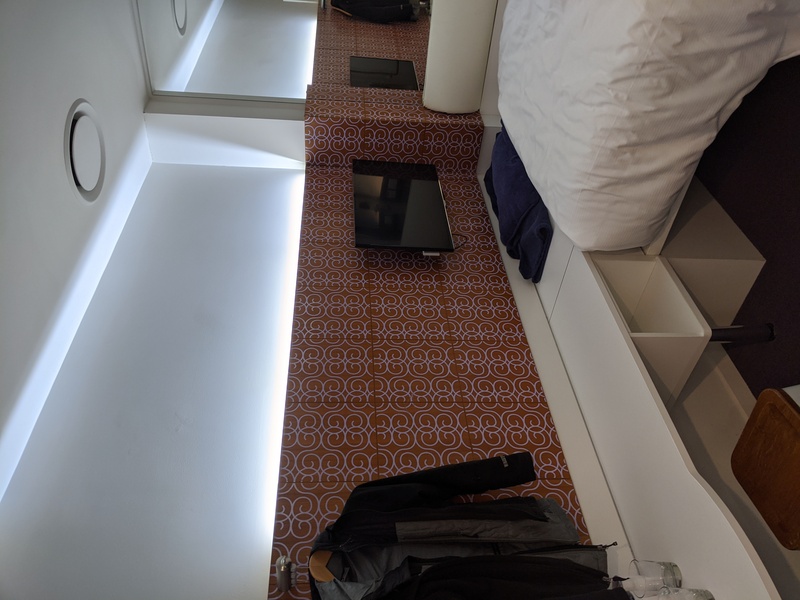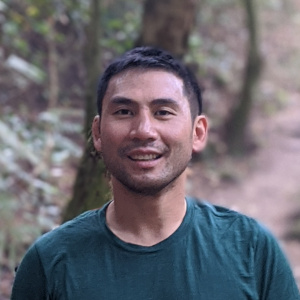Munging Global COVID stats
4 Sep 2020
Previously (NZ stats); banner image from US CDC: https://phil.cdc.gov/Details.aspx?pid=23354.
It hasn’t been discussed in either the Canadian or NZ news from what I can see, but I’m vaguely aware that some countries are having a legit resurgence. I understand that people who are more closely connected to European countries have been talking about it more. Quebec is worrying about one but the Canada-wide numbers are still better than many European countries. Of course we should worry about what is going to happen when schools are back.
August: Back from a trip and into Level 2
31 Aug 2020
In Wellington. Previous trip: Stewart Island; returned to Wellington August 11 (a day before New Zealand went back up to level 2 and Auckland to level 3 following discovery of a new cluster). Next trip: Christchurch, September 11, originally for the South Islands judo championships, now cancelled (oops).
Aside from that, it’s been a fairly quiet month. I hope to at least get all of the Heaphy trip posted and maybe some of the Rakiura trip before going to Christchurch in two weeks. Booked Kepler, Milford, and Routeburn tracks for later this year.
The TranzAlpine and a day at Arthur's Pass
22 Aug 2020
Here’s the third part of this South Island trip. Part 1: Heaphy Track. Part 2: penguins, Mount Sunday, and Christchurch. Part 3b: BreakFree on Cashel.
On my list of “things to check for re-opening” was New Zealand railway trips. So when I saw that the TranzAlpine was re-opening for $75 winter fares, I talked MP into a trip from Christchurch. Like the Heaphy, this trip leaves you far away from where you started, and on the wrong side of the Southern Alps. The train is logistically easier because at least you’re in a town, Greymouth. But that town is still remote enough that one can buy a starter home for $95k. The solution here is easier than for the Heaphy though: you just take the train back.
Racism: Canada and New Zealand
20 Aug 2020
A few months ago, I found out that a former Ontario-based climbing partner was now in Auckland, just 600km to the north of where we’re staying in Wellington. One of the things that came up in our emails was his horror at casual racism among New Zealanders that he interacted with. This prompted me to think about my experiences in Quebec, Ontario, and Wellington. Of course, these are anecdotes and not data. I could speculate on broader politics but I won’t.
July, including a vacation
31 Jul 2020
I’m between trips as I write this. Tomorrow morning we are flying to Invercargill at the end of the South Island and, if weather permits, continuing to Stewart Island/Rakiura. (I’ve learned, however, that we often need to be flexible with these plans, as weather can be from slightly to extremely unfavourable.) Two and a half weeks ago we came back from Christchurch and the West Coast.
I noticed that I promised a writeup for Charleston last month. It’s still to come. The backlog continues to increase.
Pohatu Penguins at Akaroa, Mount Sunday, and Christchurch
24 Jul 2020
Our South Island trip had three distinct components, so it makes sense to post about them separately. This is part 2. Part 1: Heaphy Track. Part 3: Arthur’s Pass and the TranzAlpine. Part 3b: BreakFree on Cashel.
Full galleries at https://gallery.patricklam.ca/index.php?/category/1227.
July 10: French-themed day in Canterbury
After a big day on July 9th, finishing the Heaphy Track and getting to the suburbs of Christchurch, we were scheduled to go see penguins in Akaroa with Pohatu Penguins. MP signed us up for their maximal experience, including getting driven up to the crater rim and enjoying the scenery of Akaroa Harbour, followed by walking down the last bit of the first day of the Banks Track, an evening penguin tour, and sea kayaking the next morning. Well, the maximal experience didn’t include food, but that was good for us. It’s nice to self-cater on trips.
BreakFree on Cashel (Christchurch): A Review
15 Jul 2020
tl;dr
Exceeded expectations. Great value-for-money.

Related Work
See also Yotel: A Review, a stay in AMS Schiphol Yotel back in 2016 after a conference.
Staying near the bus stop
For our night between getting off the TranzAlpine round trip and taking the 7am-bus-then-ferry back to Wellington, we wanted a place close to the bus stop. The BreakFree was as close as you could get (3 minute walk), and also cheap, at C$63 (NZ$70) for an “Inner Urban Double”. More expensive than the Mount Somers Holiday Park at NZ$55, but way more posh, in a more central location, and in particular, with better mattresses. (A review on the Internet also mentioned the mattresses). Apparently cheaper than Yotelair Schiphol, but who can compare prices in these pandemic times anyway.
Level 1 June
4 Jul 2020
This month started in Charleston where I went climbing with Elliott. As I write this I’m going to the Heaphy Track tomorrow morning. We chose to delay for a day due to weather.
The number of active cases in NZ is now 21 but that is a misleading number; all of these cases are in quarantine “at the border”, i.e. found in returning New Zealanders in managed self-isolation. The number of known active cases in the community is 0 which has been a stable number for a while. As Victoria state in Australia shows, though, cases do seem to be capable of escaping at the border, perhaps through a cigarette lighter. But things are good here for now.
About sabbaticals
15 Jun 2020
tl;dr: Sabbaticals are not an unpaid vacation but rather a chance to focus on longer-term scholarly projects.
Sabbaticals are an awesome feature of the academic job. I feel like they are often misunderstood by the world in general. This description is specifically about how sabbaticals work at the University of Waterloo; many North American universities are similar but not identical.
The normal distribution of work for tenure-track and tenured faculty members at the University of Waterloo is 40% teaching, 40% research, and 20% service. In my department, Electrical and Computer Engineering, 40% teaching means 3 one-semester courses per year: typically one term with 2 courses, one with 1 course, and one with no courses. For regular faculty members, service involves sitting on and chairing university committees (internal service), as well as participating in a research community by reviewing papers and being on committees (external service).
May, moving down the levels
3 Jun 2020
It’s astonishing how quickly things have returned to almost-normal in this country. Since May 14 (3 weeks ago already!), we’ve been in Alert Level 2, where most things are open. Physical distancing, capacity controls and mandatory contact tracing remain for now, although there will be another decision next Monday, June 8. The number of known active cases is 1 and the last positive reported case was on May 22.
Haircuts
I had been planning to wait a few more days, but I was walking down the street and noticed a barber open with no line, so I’ve had reasonable hair since May 17. The Onward deadline was with too much hair, but the OOPSLA deadline had the right amount of hair. Very important when spending hours at the computer. Looking through the records, it looks like I feel like I need a haircut after 6 weeks and then wait another 2 weeks to actually get one: Sept 5, Nov 5, Jan 7, Mar 3, May 17. The 10-week interval was excessive.
